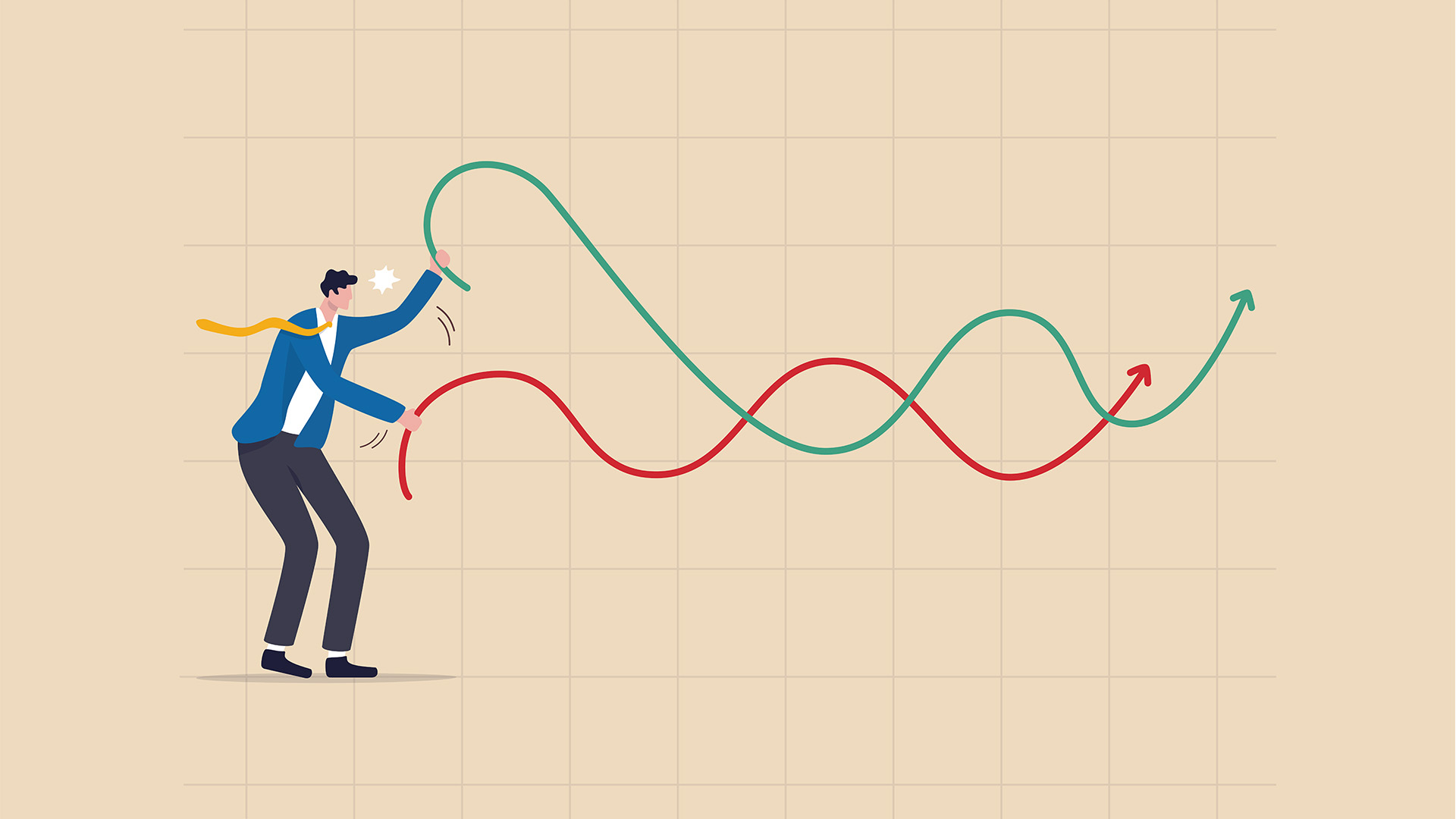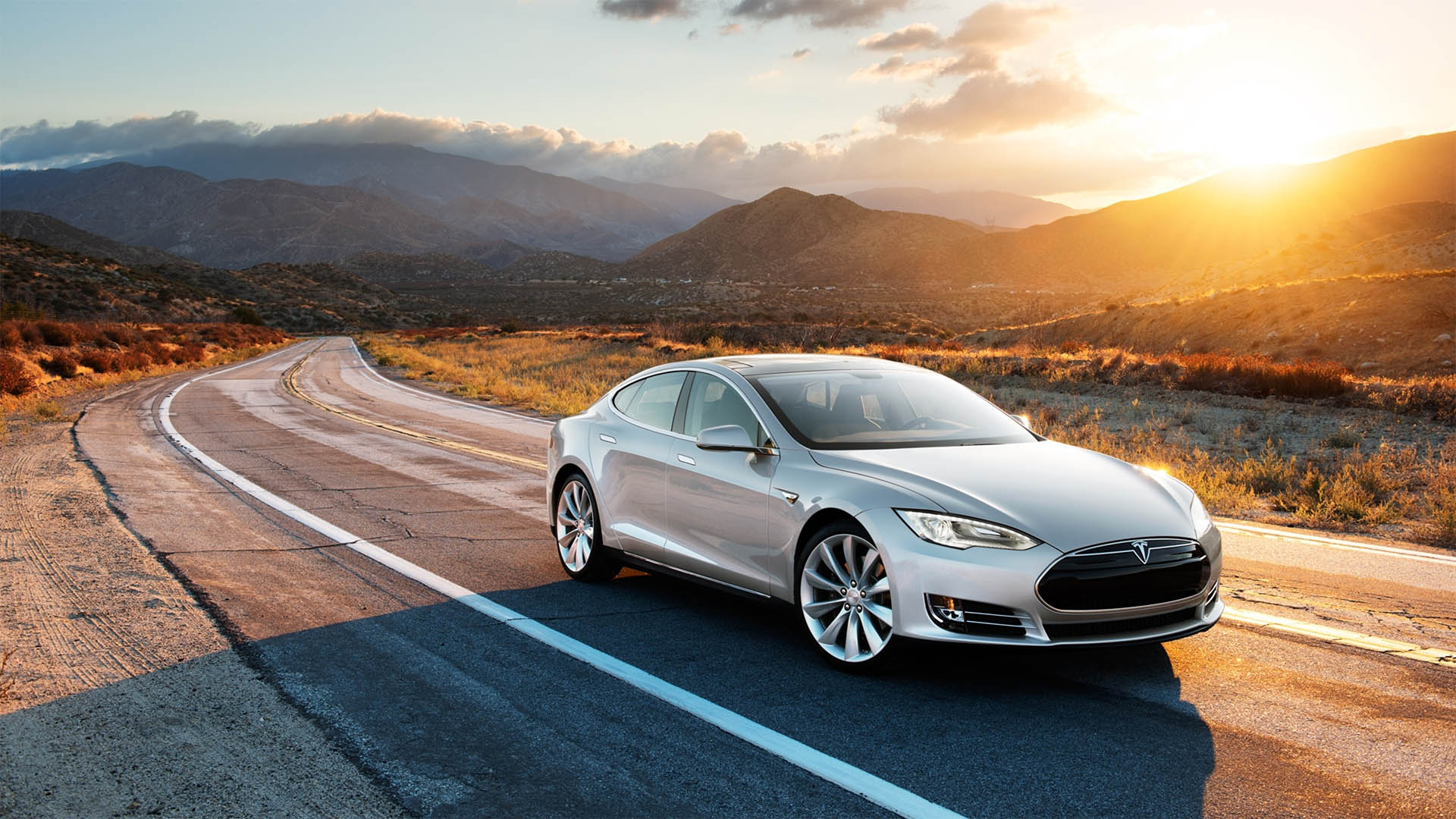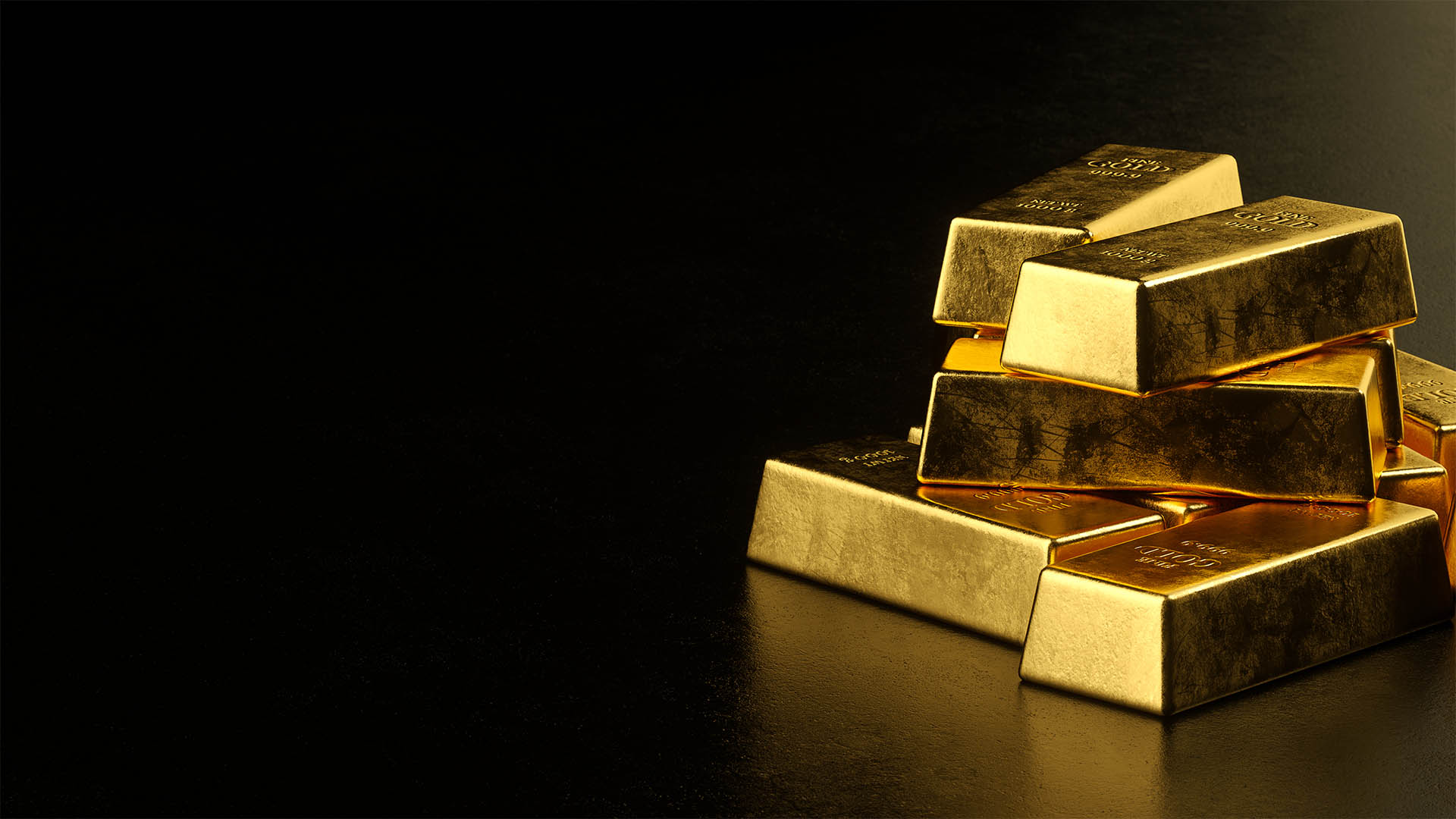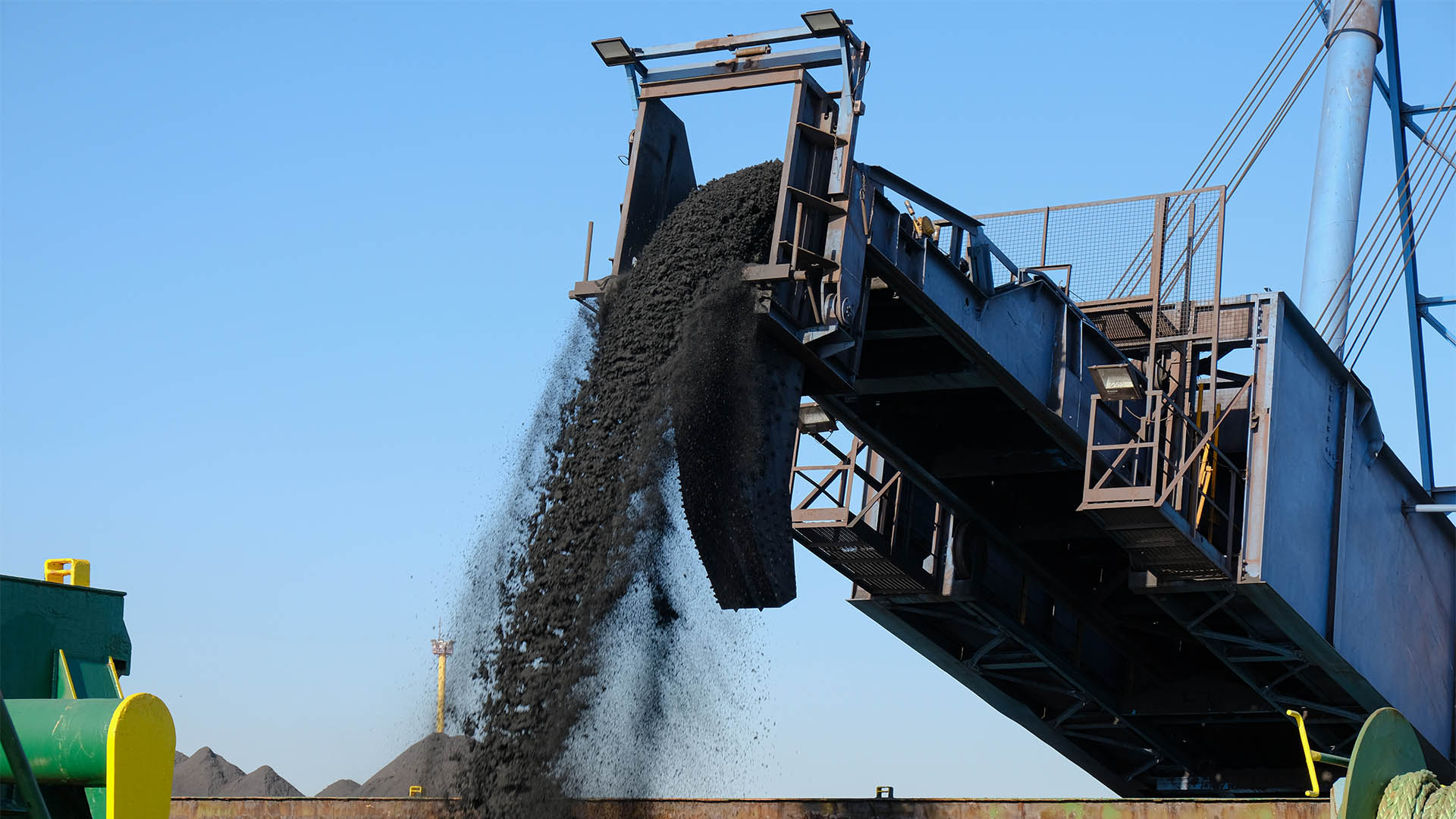Government incentives to business and home builders played a major part in keeping the Australian economy growing in the three months to March, as did the very relaxed stance of monetary policy from the Reserve Bank.
Not only was the ultra-low interest rates and financial support from the Reserve Bank for bank loans a major factor in the 1.8% quarter on quarter growth reported yesterday for the three months to March, but the Homebuilder and investment write offs saw significant rises in private business investment and homebuilding.
Top this up with another quarter of spending by households – though not at the same rate in the previous quarter – and growth – both quarter on quarter and annual ended up much better than originally estimated by the market.
And while much of the data in the GDP report is historical, data released since the end of March confirm the economy is still growing. Retail sales and trade data today will confirm that while building approvals and housing finance figures are on the up.
The only imponderable is the Covid situation in Victoria and which is now seeing a two-week lockdown of Melbourne, but a freeing up of regions outside the metro areas.
The March quarter saw a combination of solid rises in business investment, home building (for a third quarter) and more household spending produce the stronger than forecast 1.8% rise in GDP in the three months to March.
While that was down on the 3.2% rise seen in the December quarter (originally 3.1%), annual growth jumped to 1.1%. September quarter growth was revised to a rise of 3.5% from 3.3% originally reported while the big fall of 7% in the three months to June was unchanged. That saw GDP through 2020 contract by 0.8%, not the 1.1% first reported. That means 2020 turned out to be a better year than we though three months ago.
That put GDP 0.8% above the level at the start of the Covid pandemic and lockdowns.
The news helped the ASX 200 rise 75 points to a new record close of 7,217.8 points but the Aussie dollar eased as there was nothing in the data that suggested any change in monetary policy any time soon.
The boom in iron ore and copper prices helped the terms of trade jump 7.4% in the quarter (the strongest since the final quarter of 2011) to be up more than 15% in the year as record prices for iron ore, copper, a rebound in rural output and exports and a rebound in oil, gas and coal prices flowed through the economy. (as suggested by the Reserve Bank’s monthly Commodity Price Index).
The surge in the terms of trade saw nominal GDP rise 3.5% in the quarter, almost double the inflation adjusted rise and a pointer to the amount of taxes pouring into government coffers from the latest mining boom and GST from the strong pace of retail consumption.
Australian Bureau of Statistics Head of National Accounts Michael Smedes said in a statement that: “Australian economic activity has recovered to be above pre-pandemic levels.”
Private investment rose 5.3% and contributed 0.9 percentage points to growth.
The ABS said that machinery and equipment investment recorded its strongest quarterly rise since December 2009, driven by the continued improvement in business confidence and support from Government tax incentives.
“The rise in machinery and equipment investment was widespread and observed in both mining and non-mining industries,” the ABS noted.
Housing investment saw a third consecutive quarter of growth, up 6.4%.
“The rise was consistent with the recent surge in building approvals as households took advantage of the HomeBuilder scheme. Gross Value Added (GVA) of the Construction industry rose 4.4 per cent and recorded the strongest contribution to growth across all industries,” the ABS explained.
That positive impact will fade slowly in coming months. Hopefully a projected rise in private business investment will turn out to be accurate.
Household spending rose 1.2% and added 0.7 percentage points to growth.
Spending on services rose 2.4% as COVID-19 restrictions continued to ease around Australia.
Spending on goods fell 0.5% as online ordering eased, but remained above pre-pandemic levels.
The household saving to income ratio fell slightly but remained elevated at 11.6% from 12.2%, as the rise in household spending outpaced the growth in household income.
Compensation of employees rose 1.5% as employment and hours worked increased with underlying activity in the economy. But that was due to more people in work, not actual pay rises which remain weak.
A fall in benefit payments detracted from income growth, reflecting a decline in the number of recipients and the winding back of additional COVID-19 support payments such as JobKeeper and JobSeeker in the quarter. `
The trade accounted detracted from growth by 0.6 percentage points, as the ABS had forecast on Tuesday but the 2.1% jump in inventories in the quarter boosted GDP by 0.7 percentage points.
…………
Reaction from leading economists was upbeat.
AMP Chief Economist, Dr Shane Oliver said in a note on Wednesday that While uncertainties remain – including around the latest coronavirus outbreak in Victoria – there are seven reasons for optimism that the recovery will continue at a decent rate: vaccines; global growth is ramping up; consumer spending is well supported; dwelling investment is likely to remain strong; business investment is strengthening; fiscal stimulus is continuing; and monetary policy remains ultra-easy.”
And National Australian Bank economists were bullish:
“…we expect growth to continue through 2021 and for activity to continue to show signs of support from policy makers – particularly for business and dwelling investment,” they wrote yesterday.
“Q2 will be the first full quarter following the withdrawal of this program (JobKeeper), but higher frequency indicators suggest that activity has continued to lift. Indeed, we expect unemployment will decline to around 5% by end 2021, and to around 4.4% by end 2023 as labour demand grows alongside the rise in activity.
“The pattern of activity will likely see ongoing impacts from the pandemic, with consumption patterns still impacted by border closures while stimulus will continue to support both business and dwelling investment.
“Lockdowns (as currently in Victoria) remain a risk, but if short-lived should not significantly impact the recovery.
“Despite the much-better-than-expected recovery to date, remaining spare capacity will see soft underlying inflationary pressure and therefore the need for exceptionally easy monetary policy to continue,” the NAB team wrote.
And Deloitte pointed out that Australia is doing much better than other economies:
Deloitte said the annual rise of 1.1% indicated a “superb economic recovery” from the pandemic.
“Australia is in rare company here – only five other countries can boast an economy that’s larger now than before the pandemic. And we achieved that goal while keeping COVID numbers lower than almost anywhere else,” partner, Kristian Kolding.
“On average, OECD economies are 2.7 per cent smaller than they were before the pandemic: the UK is almost 9 per cent smaller, the EU is 5 per cent smaller and the US has shrunk 1 per cent.”












